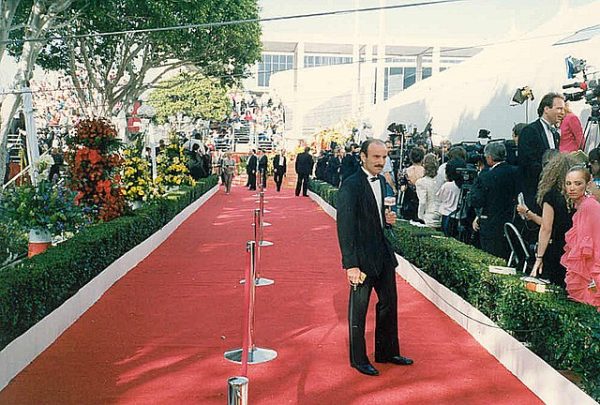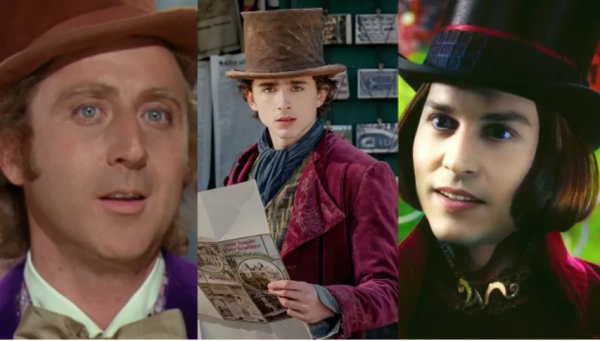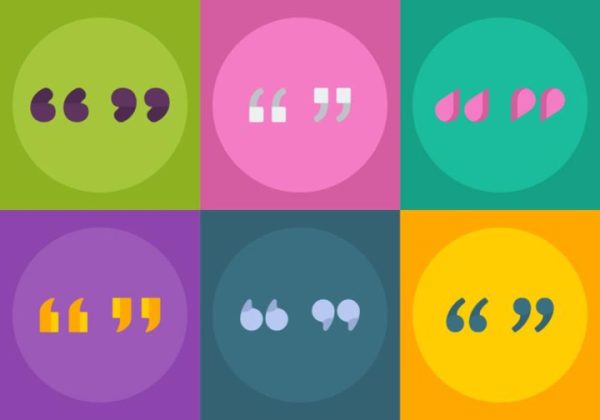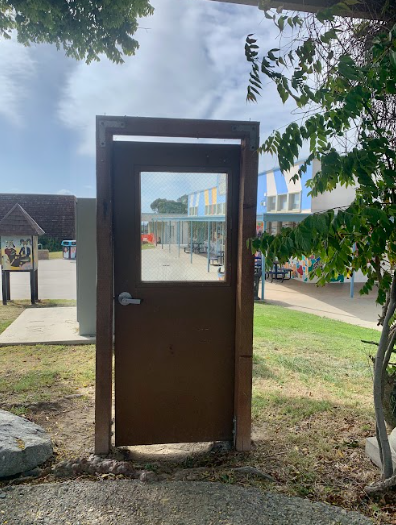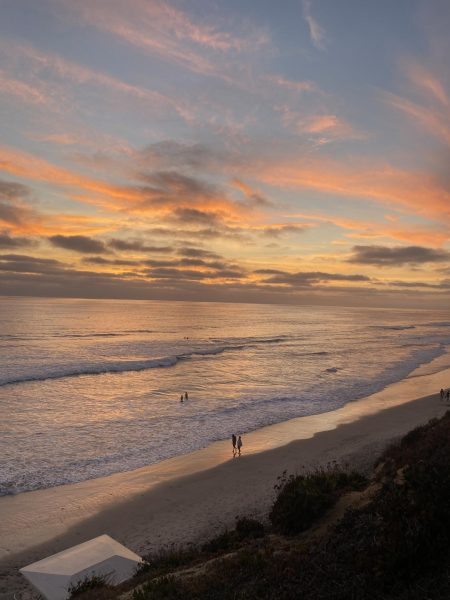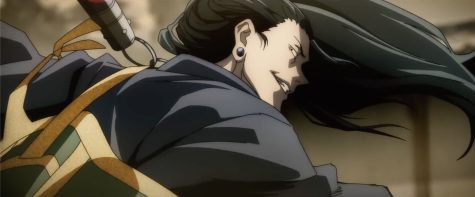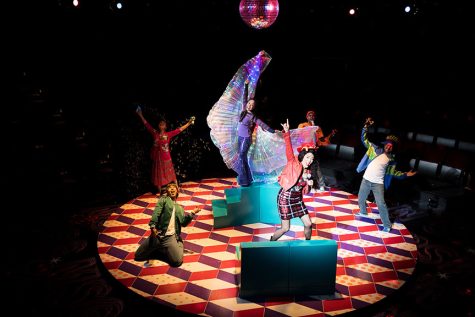Behind the Scenes of a Band Festival: A First Person Perspective
March 20, 2017
El Camino Band Festival
Every year since seventh grade, I have participated in the El Camino Band Festival. It’s a tradition, a nerve-wracking tradition, but nonetheless something special to look forward to.
Each March, dozens of school orchestras and bands go to El Camino High School to earn ratings based on a pre-rehearsed set of repertoire as well as sight reading.
This year the San Dieguito Academy Wind Ensemble 1 (the auditioned group) participated on March 4 following an excellent rating from last year, which despite being the second to highest rating an ensemble can attain, was an utter disappointment.
For this year’s festival–where we sought redemption–we prepared two pieces. They were Gustav Holst’s “Second Suite in F” and “Prelude, Siciliano and Rondo” by Malcolm Arnold.
Before our performance, students in the Wind Ensemble gathered, dressed in formal gowns and tuxes, and went to listen to and support CCA. They played well, but we’ve had higher ratings than them before. So…yes, the music rivalry exists. Really, though, despite the competition, we do support each other, and we want them to do well as a fellow music program in the district.
Exiting the theater after hearing CCA’s performance, many were awestruck, while others critiqued. We then assembled our instruments and ventured out into the cold, chilly air (which our instruments hated as much as we did since moisture and cold temperatures throws off pitch). We waited, and waited, and finally someone let us into the warm-up room. We spent roughly 20 minutes warming up, tuning and starting and stopping each of our pieces to solidify tempos which, let’s face it, sped up with the accompanying nerves.
Then it was time to perform. We walked on stage, stood and waited for music teacher Jeremy Wuertz to signal for us to sit down. Meanwhile, while being somewhat blinded by the lights, we gazed out towards the audience and avoided eye contact with the three judges sitting at tables with small lamps, a rubric and a copy of the musical score with complete instrumentation.
Wuertz arrived on stage, we sat down, and we played a few notes to get used to the acoustics of the auditorium, which are vastly different than those of the band room at SDA.
After being formally introduced to the audience and judges, a down beat was given, a collective inhale was made, and we began the first movement (a march) of the “Second Suite in F.” We made our way through the march, which was comprised of two distinct sections, one with a gorgeous euphonium solo performed by sophomore Sarah Parkes. And towards the end, I dropped out to transition from piccolo to flute, which I played for the second movement.
I had a few seconds to warm up the instrument to ensure it would not be flat before the second, slow movement began. This was especially critical since we were one on a part. It was a slow, beautiful melody that I loved playing.
Then, I switched back to piccolo for the remaining two movements of the “Second Suite in F.” The third movement whizzed by and soon it was time for the last movement of our first piece titled “Fantasia on Dargason.” It was comprised of one, cute melody that undergoes many variations. This was the movement I was both most excited for, but also the most nervous about since a terrifying and completely exposed piccolo solo concludes it, which I had to play. As I waited for my entrance following over 30 fleeing measures of rests, I got progressively nervous. In the end, it went ok. But, my hands remained numb, and I continued shaking for several minutes in a pleasurable disbelief that it was over!
The next series of nerves mounted as the ensemble sat in silence waiting for permission to proceed to our next piece. This awkward break was probably no more than two minutes though it felt like an eternity. In the distance, we could vaguely see the judges jotting down notes, and we could hear their whispering of comments into a voice recorder (which we get back later to listen to for feedback). We finally got a “you may continue.”
I picked up my flute again, which I played for the remainder of the performance, and we moved on to our next piece “Prelude Siciliano and Rondo” that was comprised of three drastically different movements. While we did play the “Second Suite In F” more accurately and musically, the second piece went well.
After our performance was over, we exited the stage and went down the hall and into the sight reading room as we talked excitedly about the performance we had just concluded.
When we arrived to the sight reading room, where we had to play a piece that no one in the ensemble had seen before, we sat in our spots and were given a folder with many pieces in it. We were then told, by the one and only sight reading judge, what piece to play. We had about a minute to look over our parts and then Wuertz, who also had never seen the piece before, had a couple of minutes to talk us through the work. We sang through the piece and clapped out any challenging rhythms. Once time was up, we had to play it from start to finish, at tempo.
Coming out of sight reading, which is always daunting, a few thought their parts were easy, but the majority of the ensemble, especially the woodwinds, found it to be technically difficult.
After putting our instruments away, we dashed to the score board. And, as a fellow SDA band member ran toward me, I asked him how we did. He told me, in a voice full of excitement and pride, that we got a unanimous superior–the highest rating an ensemble can get, and every judge agreed we deserved this honor!
I sprinted up the steps, while trying not to trip over my long dress, to take a look for myself. It was true! Everyone gathered, took picture after picture of the scoreboards, cheered, and embraced over our shared accomplishment.
The San Diego Winds’ Composers Festival
For many students, the El Camino Band festival that occurred a few weeks ago was more about results; we performed in front of judges, and we received ratings. This festival, however, was more about the process of musical growth given there were no judges or ratings at this festival.
SDA’s Wind Ensemble 1 was one of four feature ensembles. This granted us the opportunity to work with former UCLA conductor Dr. Thomas Lee for two hours, who was also someone music teacher Jeremy Wuertz studied from in college.
Because we were already proficient and well rehearsed in our two pieces, in the rehearsal with Lee we were able to work more on artistry and musicality, which we really appreciated.
The day after our rehearsal with Lee, March 18, some of us met early at the venue to play with Wind Ensemble 2 to make their instrumentation more complete.
After their performance, we sat and listened to some other ensembles to learn from them and gain ideas of what pieces to play in the future. Soon after, we started to get hungry. Pizza was provided and soon it was time to warm up on stage for the Wind Ensemble 1 performance.
Warming up on stage, as opposed to another room, can be beneficial. While we did give a little bit of our program away to the audience in doing so, it enabled many of to adjust to the acoustics of the hall.
Eventually, we were introduced and began to perform. Personally, this performance proved to be much more enjoyable and less consumed by nervousness. We also played a lot more musically.
The day following a successful festival performance is always an exciting one in the band room. It is ritual to listen to our performances, complement our peers, and critique our performance. Overall, the ensemble seemed very proud of its fun and successful festival season!


